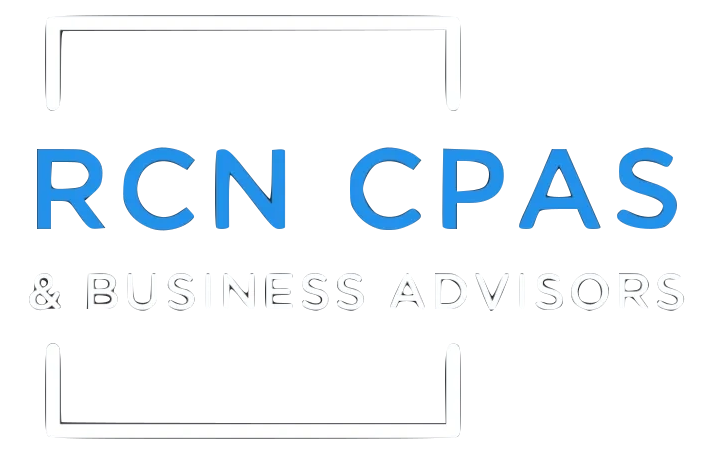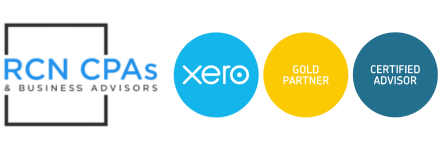How Medical Practice Owners Can Turn Charitable Giving into a Smart Tax Strategy

If you’re a medical practice owner, you’re used to making high-stakes decisions that balance compassion with precision. But one area where many physicians and clinic owners leave value on the table is strategic charitable giving — particularly through Qualified Charitable Distributions (QCDs).
If you’re over 70½ and have an IRA, QCDs can be a powerful way to support causes you care about while minimizing your tax burden. This post breaks down exactly how QCDs work, who qualifies, the tax implications, and the pitfalls to avoid — using real examples that align with the financial realities of healthcare business owners.
1. What is a QCD?
A Qualified Charitable Distribution (QCD) allows individuals aged 70½ or older to donate up to a certain limit each year directly from their IRA to a qualified charity — without including that amount as taxable income.
Unlike traditional charitable gifts, which require itemizing deductions, QCDs bypass your income entirely, reducing your Adjusted Gross Income (AGI) — and that can have major downstream benefits for medical professionals facing high tax exposure.
For 2025, the annual QCD limit is $108,000, adjusted for inflation.
2. Eligibility and Mechanics of QCDs
Not everyone or every account qualifies. Here’s what you need to know:
✅ Who’s Eligible
- You must be at least 70½ years old when the distribution is made.
- You must own an eligible IRA — such as a Traditional IRA, Rollover IRA, or an inactive SEP or SIMPLE IRA.
- Employer-sponsored plans like 401(k)s or active SEP IRAs do not qualify unless rolled into an eligible IRA first.
⚙️ How QCDs Work
- Direct Transfer: The funds must go directly from your IRA custodian to the qualified charity — not to you first.
- Qualified Charities: Only 501(c)(3) public charities are eligible. Donor-advised funds and private foundations don’t count.
- Timing: The transfer must be completed by December 31 of the tax year you want it to apply.
- RMD Integration: If you’re already required to take a Required Minimum Distribution (RMD) (currently age 73), the QCD can count toward your RMD, satisfying it tax-free.
🏥 Example:
Dr. Patel, age 72, must withdraw $30,000 as her RMD. Instead, she directs $20,000 as a QCD to her local hospital foundation and withdraws $10,000 for personal use.
- The $20,000 sent to charity is not taxed and counts toward her RMD.
- Her taxable income drops, potentially keeping her below a higher Medicare premium tier.
3. Exploring the Tax Benefits of QCDs
The QCD is more than just a giving tool — it’s a tax-management strategy.
💰 1. Reduce Taxable Income
Ordinary IRA distributions are taxed as income. A QCD skips that step entirely. By excluding the amount from income, you can:
- Lower your AGI, reducing exposure to higher tax brackets.
- Avoid triggering Medicare IRMAA surcharges.
- Reduce taxation on Social Security benefits.
💼 2. Benefit Even If You Don’t Itemize
Most taxpayers now take the standard deduction, which limits traditional charitable write-offs. QCDs let you receive the tax benefit without itemizing, making them ideal for retired or semi-retired physicians with simpler returns.
📊 3. Manage Future Tax Liabilities
Each QCD reduces your IRA balance — lowering future RMDs and potential estate taxes. For high-net-worth practice owners, this helps prevent ballooning future tax exposure as your retirement assets grow.
Example:
Dr. Green, age 75, has a $2 million IRA and annual RMDs exceeding $80,000. By making annual $50,000 QCDs, he reduces future taxable RMDs while supporting medical scholarships. Over time, he could save tens of thousands in taxes while giving back to his field.
4. Dispelling Misconceptions About QCDs
Even experienced professionals misunderstand QCD rules. Let’s clear the air on a few common ones:
❌ “I can just withdraw and then donate.”
Wrong — the donation must be made directly from the IRA custodian to the charity. If you withdraw first, the amount becomes taxable income.
❌ “I can still claim a charitable deduction.”
You can’t double dip. A QCD is excluded from income, so there’s no additional charitable deduction.
❌ “Any charity qualifies.”
No. QCDs can’t go to donor-advised funds, supporting organizations, or private foundations. Always confirm 501(c)(3) status before initiating the transfer.
❌ “I can use my 401(k).”
QCDs apply only to IRAs — not 401(k)s or 403(b)s. But you can roll funds from a 401(k) into a traditional IRA and then perform the QCD.
5. Avoiding the IRA Contribution Pitfall
One subtle but costly mistake some medical professionals make is making deductible IRA contributions after age 70½ and then attempting a QCD.
Under current rules, post-70½ deductible contributions to an IRA reduce the amount of future QCDs that can be excluded from income, creating an offset known as the QCD Reduction Rule (IRS Pub. 590-B).
Example:
Dr. Lewis, age 72, contributes $7,000 to her traditional IRA after turning 70½. Later that year, she makes a $10,000 QCD. Because of her earlier deductible contribution, only $3,000 of that QCD is excluded from income — the rest becomes taxable.
👉 Tip: Once you begin using QCDs, stop making deductible IRA contributions. Instead, consider Roth contributions or after-tax investments if you want to continue growing retirement assets.
6. Scenarios for Medical Practice Owners
🏥 Scenario A: Dr. Smith – Reducing Tax Burden While Giving Back
Dr. Smith, 72, owns a cardiology clinic. He owes $25,000 as his RMD but wants to donate $20,000 to a health nonprofit.
- With QCD: $20,000 goes directly to the charity — tax-free — and counts toward his RMD.
- Without QCD: He’d pay tax on $25,000 income, then donate after-tax dollars.
Result: Dr. Smith saves thousands and fulfills his philanthropic goals.
👩⚕️ Scenario B: Dr. Lee – Standard Deduction Saver
Dr. Lee, 75, doesn’t itemize. She transfers $30,000 via QCD to a medical scholarship fund.
- She avoids $30,000 in taxable income, lowering her AGI and keeping Medicare premiums lower.
- She still benefits, even without itemizing deductions.
🧾 Scenario C: Dr. Patel – Estate-Conscious Owner
Dr. Patel uses annual QCDs to fund her hospital’s charity wing while reducing future RMDs and the size of her taxable estate. It’s strategic philanthropy that benefits both her legacy and her balance sheet.
7. Common Pitfalls to Watch
- Taking your RMD before doing a QCD — the order matters.
- Forgetting to obtain written acknowledgement from the charity.
- Sending funds to an ineligible organization (always confirm 501(c)(3) status).
- Making deductible IRA contributions after age 70½ (see the pitfall above).
- Missing the December 31 deadline — QCDs must clear by year-end to count.
8. Final Thoughts
As a medical practice owner, your financial life straddles business and personal complexity — retirement accounts, RMDs, taxes, and charitable goals. QCDs simplify part of that equation, offering a tax-efficient, compliance-friendly way to give meaningfully.
By coordinating your QCD strategy with your CPA or financial advisor, you can:
- Reduce your taxable income,
- Manage Medicare and RMD thresholds,
- Support the health causes you care about most.
Think of it this way: QCDs allow you to heal beyond the exam room, supporting the broader medical community — while keeping more of your hard-earned savings intact.





